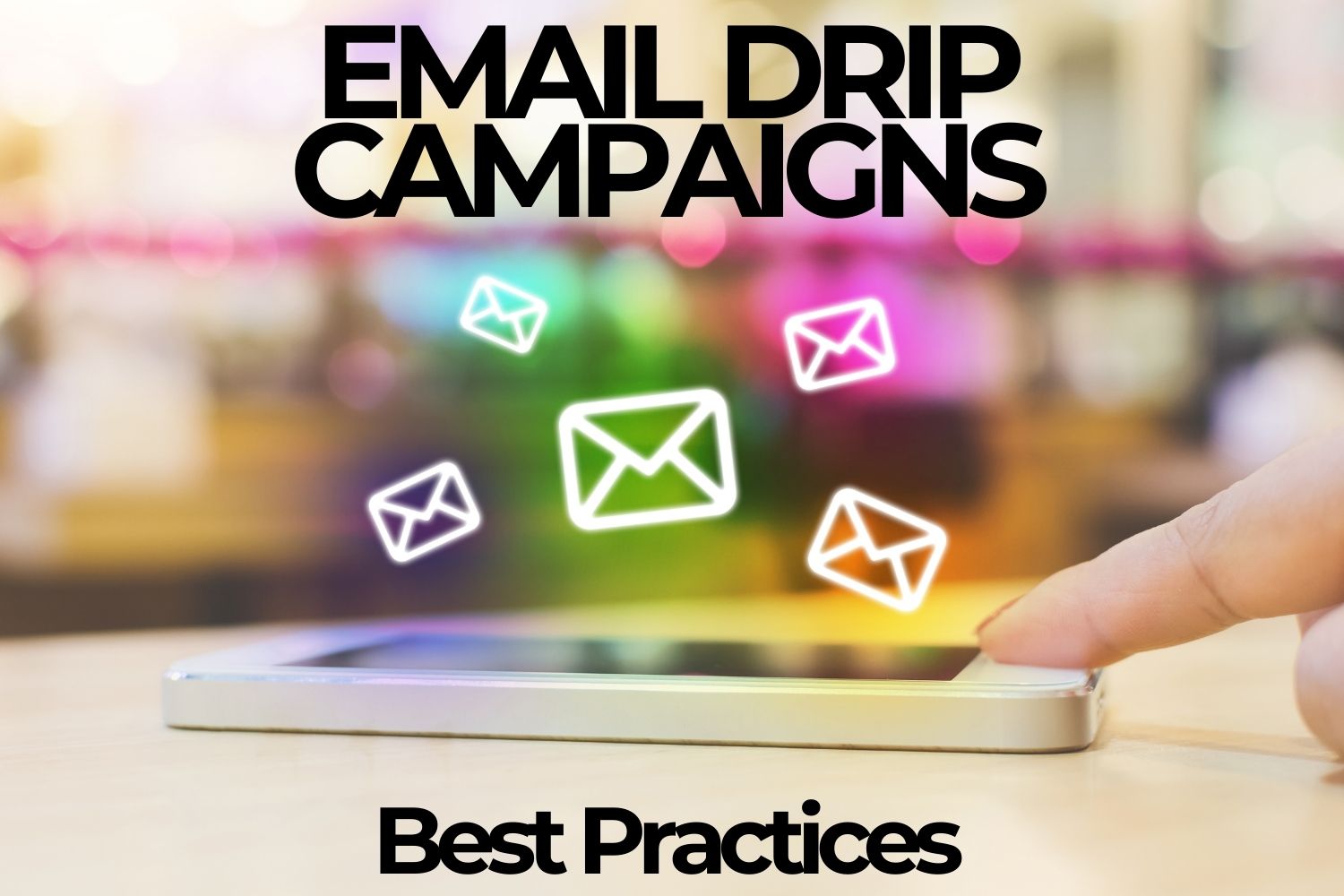An overwhelming majority of the potential audience is not interested in what us marketers have to say.
Ain’t nothing new there, but in the mail business, things have changed. I’ll try to illustrate my point by comparing direct mail and email, both of which are usually considered to be forms of direct marketing measured largely by response rates.
With direct mail, you do your best to guess who should get the mail, open it, read it, and then be a good consumer and do what you told them to. If 1, 2, maybe 3 percent of them actually do, you can bet the marketing team will be uncorking the bubbly and partying down with Kool & The Gang.
Yet even in a hugely successful mail campaign a seriously large portion of the money pumped into the program might as well have been flushed. Another sad truth is the marketing team has no clue as to who did or didn’t open the mail, which makes it that much more difficult to refine the program to work better next time.
But now, with email, short of knowing what the recipient had for breakfast, we feast on a ton of data. Email marketing may not deliver every day in every way, but you can rest assured it’ll deliver a mountain of metrics.
So what kind of response does your email get?
Email marketing programs automatically return real numbers on open rates, clicks, unsubscribes and a few miscellaneous metrics. We’ll focus on open rate and one data source, a 2012 report from email marketing experts, MailerMailer. It reports:
- Open rates by industry—Top three: banking 16.8%, consulting 15.9%, small business 15.9%. Bottom three: medical 6.5%, media 7.5%, education 8.2%
Two observations: (1) Even in the most successful email campaigns, a small percentage of the overall universe opens the email. (2) The delta between strong results and weak results is not gigantic.
- Open rates by list size—28% for lists below 500, 22.3% for lists from 500-999, 12.2% for lists greater than 1000 subscribers.
So, (1) Smaller lists outperform larger lists. (2) The results differ dramatically.
My email performs far better than average.
I’ve been a bit flaky about consistently doing email marketing for my business. However, late last year I found a service I really like, Campaign Monitor, and finally got some rhythm going. For 3 months now, I’ve managed to produce a marketing email roughly once a week. Consistency tends to improve results, but…
I’m a consultant. I have a small business. My mailing list is well above 1000. So, my odds for producing killer results isn’t great, but I’m pleased to report the numbers have been. I’ve been enjoying open rates that blow away the averages reported by MailerMailer.

What makes my open rates so strong?
I want to tell you the magic formula, but there is none. I could share with you what I gathered from researching published pieces about improving open rates, but I’m reluctant because most of the tips struck me as simple common sense.
So instead, I’ll tell you what I believe are the real reasons my recent run with email marketing has achieved high open rates.
Two little things outweigh every email tip you’ll ever get.
Your email analytics will definitely indicate who clicked what, but you’ll never know who read what. Headlines… body copy… sidebars… captions… Sorry Charlie, what is and isn’t read within the email remains a mystery.
But there’s no mystery here:
Two lines arrive in the reader’s inbox that definitely will be read:
From and Subject
Even if you maintain click rates are more important than open rates, you must concede no one’s going to click the call to action until they’ve opened your email. So your “from” and “subject” lines determine the fate of your email. Let’s talk about how to make them irresistible.
The undeniably powerful “from” line.
You might think there’s not much to your “from” line. After all, what can you put there beside your name or the name of your company? Some email aficionados will tell you one approach is stronger than the other.
Not me. I say whether it’s your name or your brand or even if they are one and the same, what goes in your “from” line is your reputation, your resume, your credibility, the sum of your email and every piece of communication you have ever published or mailed.
Who an email is from is the ten-ton giant.
If you’re new or feel you’re nobody in the mind of the recipient, you probably have a nice advantage. Curiosity is likely to compel the recipient to open your mail. The unknown is a mighty magnet.
If you’ve been at it for a long time, for better or worse, the recipient’s emotional response to your from line will heavily affect the subsequent response.
So what can you do to make a positive impact in your from line? Everything. Start by seriously scrutinizing the quality of your emails. If they are dull, pushy, misleading, inconsistent, overly frequent, overly sensational, or conjure a negative reaction for any reason, you’re toast.
But, my friend, the other side of this coin is money. If the arrival of your email summons positive palpitations, your little inbox invasion will be enthusiastically embraced.
How will you pull it off? Take your email marketing seriously. Understand the nitty gritty nuances of your audience and its segments. Task the best of the best to do the writing and design and create an electronic masterpiece every time out.
so the name in your “from” line inspires recipients to open your email.
The super subjective “subject” line.
You’ve passed the “from” test. The recipient has come to expect quality content from you. Next comes your invitation to keep reading: the subject line.
What makes a subject line great?
sus·pense
n.
- uncertainty
- enjoyable tension
- anxiety
Fear of the unknown. Fear of missing out. Fear of anything and anything that amps up the “I have to know what’s going on here” feeling gets people inside of your email.
Here are the last five subject lines I’ve used.
- How slimy are you? [entire slime ball email here]
- Don’t you just love this stuff? [Valentine’s email here]
- You don’t need a stinkin’ copywriter [don’t read this one here]
- Tough answers to your tough questions about content marketing [brutal one]
- I wrote The Plan for you [and here it is]
The average open rate for all five is 31%. “I wrote The Plan for you” got 39%. If you’re not satisfied with your open rates, it’s worth spending a little time thinking about how I’m consistently getting over 30% of the recipients on my large list to open my email.
Now I need a great subject line for the email version of this article.
Many of my emails focus on features I’ve written for online publishers and articles I’ve recently added to my blog. This one is sure to be the subject of an upcoming email.
I thought about it a bit. I came up with this subject line:
There’s a 69% chance you won’t open this email.
You’d prove me wrong, right?
[Email marketing is an important element in my free ebook, “The Plan to Grow Your Business with Effective Online Marketing,” which you’re welcome to download and share.]








![How to Create and Use Welcome Emails [Content Jam Episode 34] How to Create and Use Welcome Emails [Content Jam Episode 34]](https://feldmancreative.com/wp-content/uploads/2018/08/Content-Jam-podcast-34.jpg)
Comments
Thomas W Kuder
Borderline brilliant, Barry. Truly educational content that also proves you know what you’re doing with your own marketing. Huge confidence builder, which is only everything when it comes to selling consulting services. Bravo! Love the focus on the two things you KNOW no one can ignore: sender and subject.
Barry Feldman
Sheese, I’m blushing Thomas. Thanks so much for being here, reading and the great feedback.